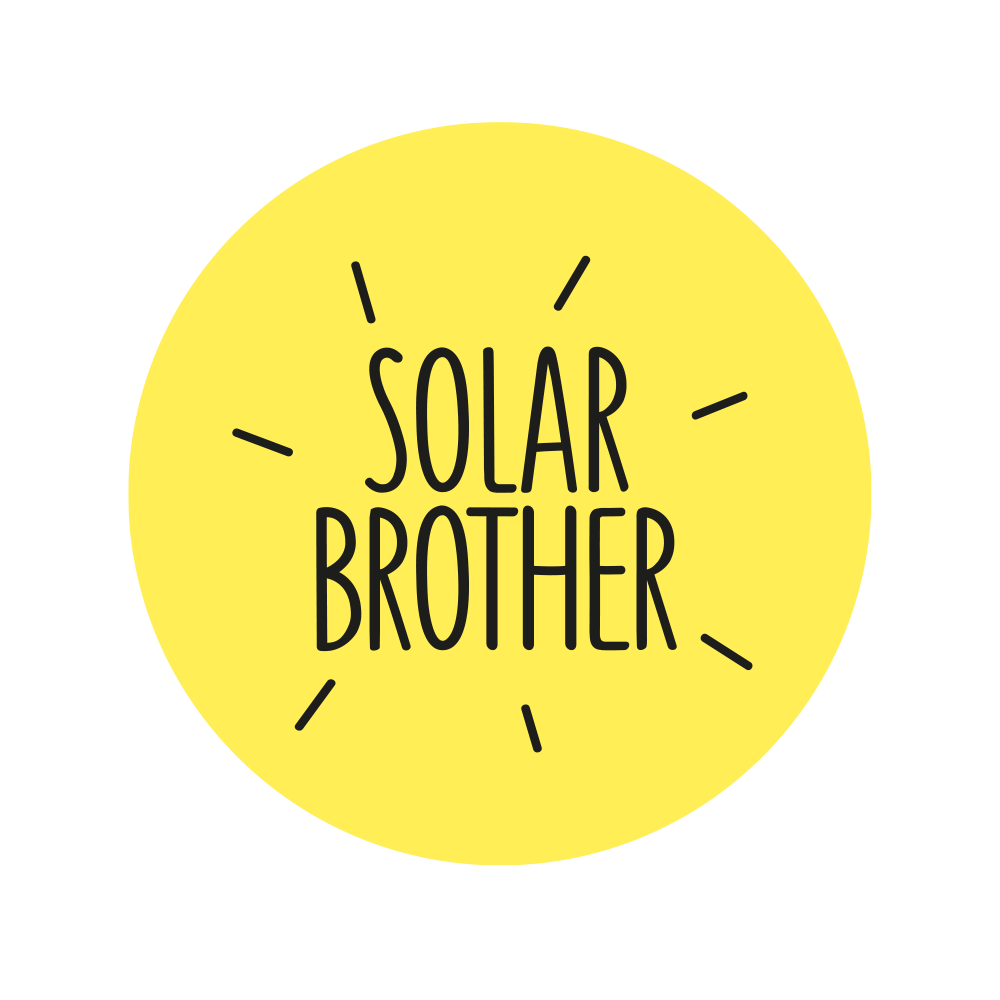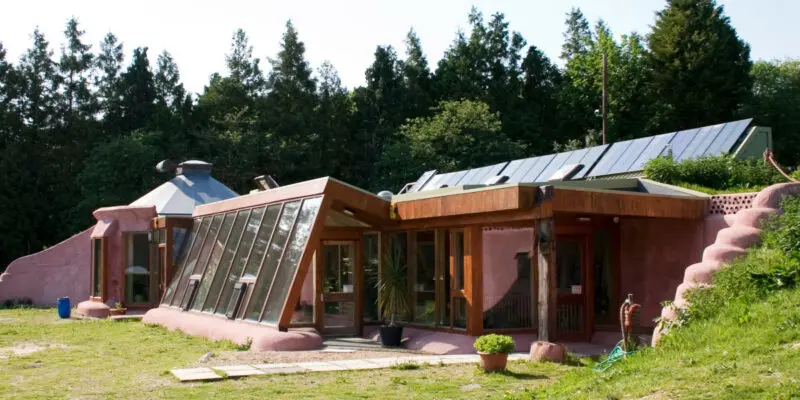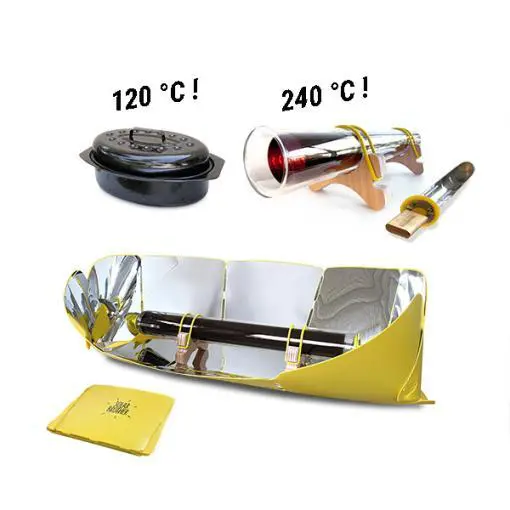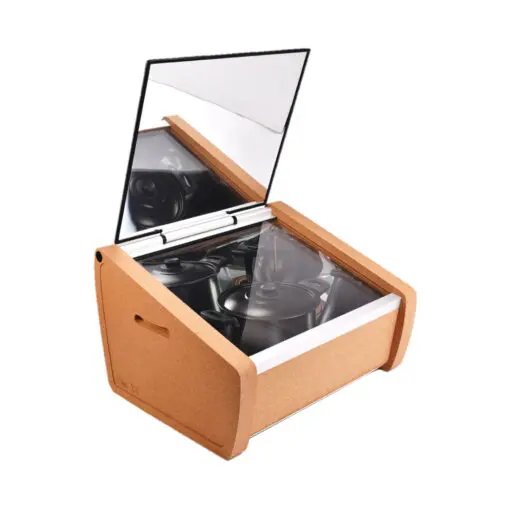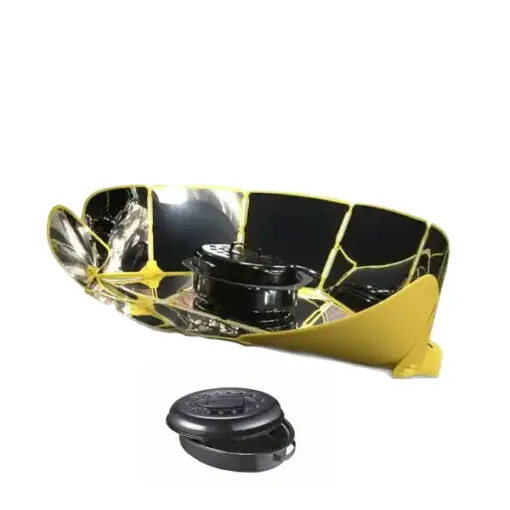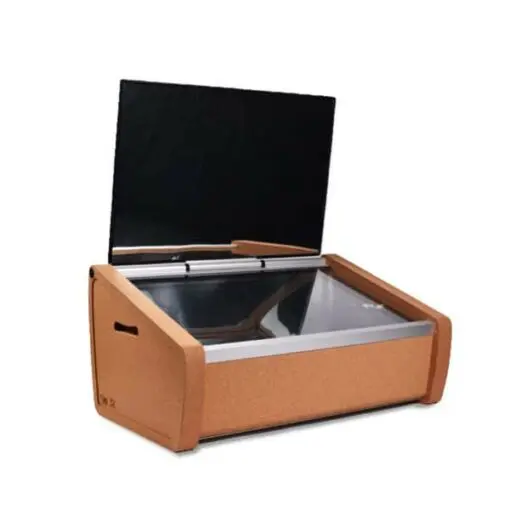News
Prepare for greater autonomy with solar power!
Photo credit: chriscalmettes_
Prepare for greater autonomy with solar power!
In the face of soaring and persistently unstable energy prices,solar energy is enjoying a revival of interest from all those wishing to reduce and control their electricity or fuel bills. Indeed, the many applications of solar energy mean that in temperate regions like France, up to 60-80% of a household’s needs can be produced and consumed on site. Solar systems are low-maintenance, long-lasting and, after the initial investment, the price of the energy produced is known in advance.
In this article, we’ll take a look at the main tried-and-tested applications of solar energy for the home:photovoltaic electricity, solar heating and solar cooking. The use of solar energy in its various forms allows us to be more self-sufficient and resilient by increasing our share ofself-consumption of energy. Since its creation, Solar Brother has been committed to this approach, spreading its innovative solutions to democratize the use of solar energy in everyday life – energy that’s both abundant and free!
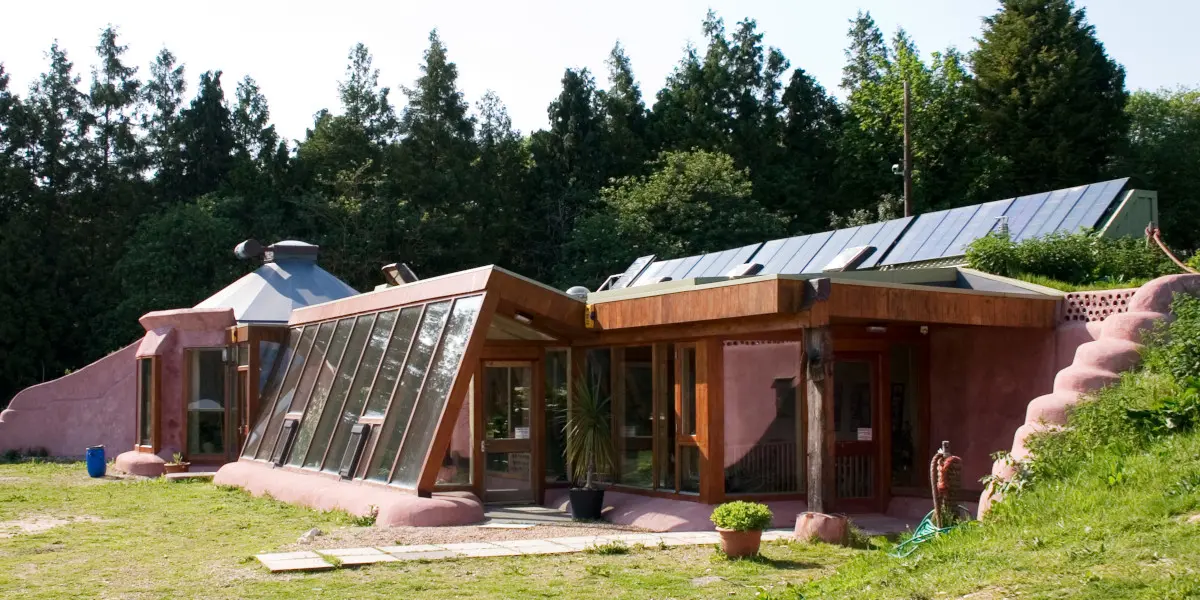
Solar energy for photovoltaic electricity
Installing solar panels to generate your own electricity is an increasingly relevant solution for households. Over the past 10 years, hybrid inverter technology has matured, and at the same time the price of photovoltaic equipment has dropped significantly. As electricity tariffs rise, the return on investment of a photovoltaic system is increasingly rapid, while securing a share of electricity consumption over more than 20 years.
Grid-connected photovoltaic hybrid systems
The latest generation of photovoltaic production systems for private homes allows the energy produced by the solar panels to be consumed directly, instead of being fed back into the power grid. If your electricity consumption is low during the day when production is highest, you can opt to feed the surplus back into the grid or store it in batteries for later use. When there isn’t enough sun, or when the batteries are empty, the grid takes over with a hybrid system. In temperate regions, this type of installation generally covers consumption from March to October, and the grid becomes the main source during the winter months.
Off-grid photovoltaic systems
If you want to be completely self-sufficient in electricity, or if you don’t have access to the grid, a solar system with battery can cover your consumption all year round, depending on its sizing. In fact, if you size your installation to cover your consumption in December, the month with the least sunshine, you’ll be producing up to 5 times more than you need during the summer months. Such a system is oversized for the rest of the year, and the initial investment is high because of the cost of the batteries. A more economical solution is to add a generator to cover most of your consumption during the 3-4 winter months, thus reducing the size of your installation by a factor of 3 to 5.
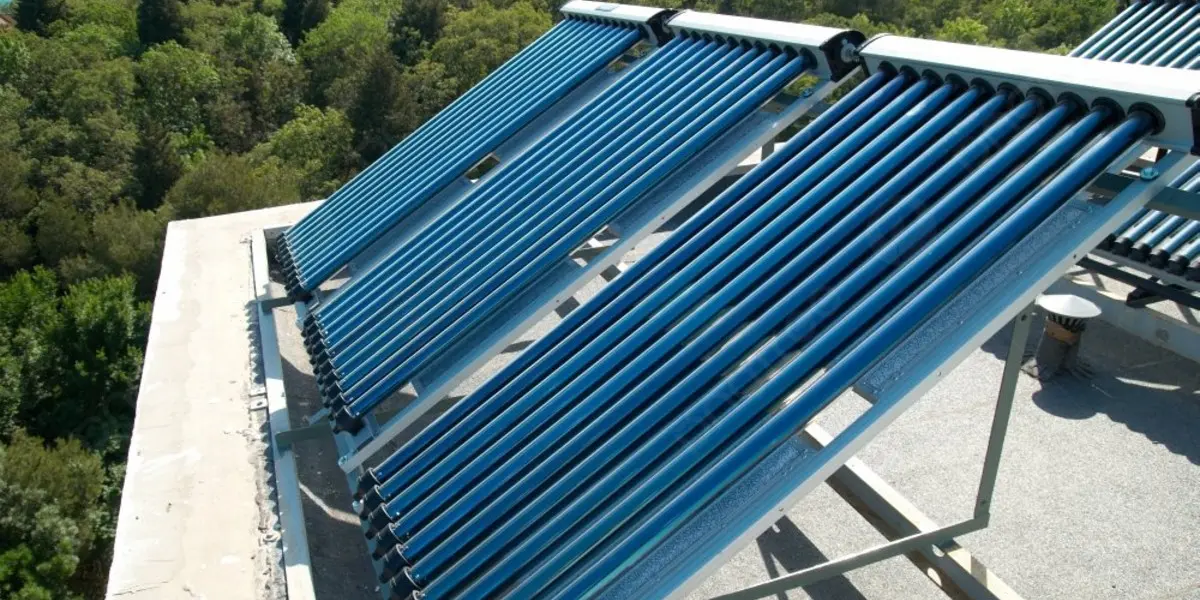
Solar energy for solar heating
There are two types of solar heating: water heating and air heating.
The solar water heater is a high-performance solution for storing solar energy in the form of heat for several days in a hot water tank. In summer, solar water heaters can cover 100% of a family’s needs, and this environmentally-friendly solution saves you an average of 60% energy every year. Solar water heaters can be combined with electric, gas or wood water heaters to meet the family’s hot water needs all year round.
To heat the air or dehumidify a room, the aerothermal solar panel is installed on the wall or roof: it captures and transfers the sun’s heat directly inside the house. The system is self-contained, economical, easy to install and virtually maintenance-free.
Solar thermal water heaters
A solar thermal water heating system comprises: one or more solar collectors installed on the roof to heat a heat transfer fluid, a heat exchanger and a tank to store the hot water. In single-tank systems, auxiliary heating is combined with solar heating in a single tank. In two-tank systems, the solar water heater preheats the water before it enters the conventional water heater.
Photovoltaic solar water heaters
Instead of using thermal collectors, which require a dedicated circuit for the heat transfer fluid and a specially adapted tank, photovoltaic solar water heaters use conventional photovoltaic solar panels connected directly to the electric hot water tank via a controller. This system fits most existing electric balloons and has become very affordable. Easy to install, the system is virtually maintenance-free.
Hybrid solar water heaters
The collectors of a hybrid solar water heater produce electricity and hot water at the same time. These photovoltaic solar panels incorporate a thermal collector at the back, through which a heat-transfer liquid circulates: this technique has the dual advantage of cooling the photovoltaic panels, thereby increasing their efficiency by cooling them while producing hot water.
Aerothermal solar heating
An aerothermal solar panel or air collector is a wall-mounted structure designed to capture the sun’s heat and transfer it inside the house through a small opening in the wall or roof. This system heats and purifies the ambient air in a room: 1m² can save 3 to 5 degrees of temperature in a 20 m² room without any external energy input. The ventilation system is powered directly by an integrated photovoltaic solar panel, making it completely self-sufficient. Aerothermal solar panels are just as effective on older buildings or second homes to prevent moisture build-up and maintain the right temperature without energy costs. Solar Brother is committed to energy savings with the launch of SunAéro, a self-contained, modular, easy-to-install solar air heater: to find out more, click here!

Solar energy for solar cooking
Solar cooking has many advantages, producing heat from 100 to 240°C for meal preparation. Solar cooking is the answer to the need for energy autonomy: for camping, picnics, boats, vans, cabins, balconies, terraces or independent homes. With solar cooking there is no fuel consumption: no gas, electricity or wood/coal, so no waste and no C02 emissions. So, without fuel or smoke, solar cooking reveals the true taste of food – a real treat for the taste buds! There are 4 different types of solar cookers:
Solar panel furnaces
Solar panel furnaces operate on 3 principles: (1) Concentration of heat: The mirrors receive the sun’s rays and concentrate them on the pot in the middle of the oven. They act as reflectors. (2) Heat capture: the black or dark pot absorbs the sun’s rays without reflecting them back. (3) Conservation of the heat: To ensure that the heat remains around the pot and that the temperature rise is efficient, the container is enclosed in a transparent baking bag. It can also be surrounded by two glass or Pyrex dishes to reproduce the greenhouse effect. Solar panel ovens can reach 120°C, and are ideal for cooking, simmering and reheating a variety of recipes in the pot. For more information, discover the SunGood, Solar Brother’s folding panel solar oven by clicking here!
Parabolic solar cookers
Parabolic solar cookers work on the same principle as panel solar cookers, but differ in shape and size. By concentrating all the rays on the pot, the parabola can reach much higher temperatures, up to 240°C. Parabolic solar ovens are ideal for pot, wok and plancha recipes. For more information, discover the SunGlobe, Solar Brother’s parabolic solar cooker by clicking here!
Box-type solar cookers
The solar cooker is a well-insulated box with a transparent lid and reflective inner surfaces: the sun’s rays enter through the glass and reflect off the inner edges of the box until they hit the black surface of the pot (capture). The energy of these rays is then transformed into heat, which is trapped in the box (conservation). To increase the solar flux captured (concentration), reflector panels are fitted on either side of the box to reflect the light onto the glass. Box-type solar ovens can reach 160°C and are ideal for all pot recipes.
Solar cookers with baking tube
Solar cookers with a baking tube can reach temperatures of up to 240°C, and are the most efficient in terms of speed of temperature rise and heat retention: mirrors focus the sun’s rays on the vacuum baking tube, which absorbs the sun’s rays without reflecting them back, and retains heat efficiently. This type of solar cooker allows you to cook even on cloudy days. For more information, discover the SunGood 360, Solar Brother’s solar oven with cooking tube by clicking here!
As we’ve just seen for electricity, heating and cooking, using solar energy means producing enough energy on site to cover a large part of your needs. Solar energy makes us more autonomous and resilient in the face of the economic and energy uncertainties of today’s world.
